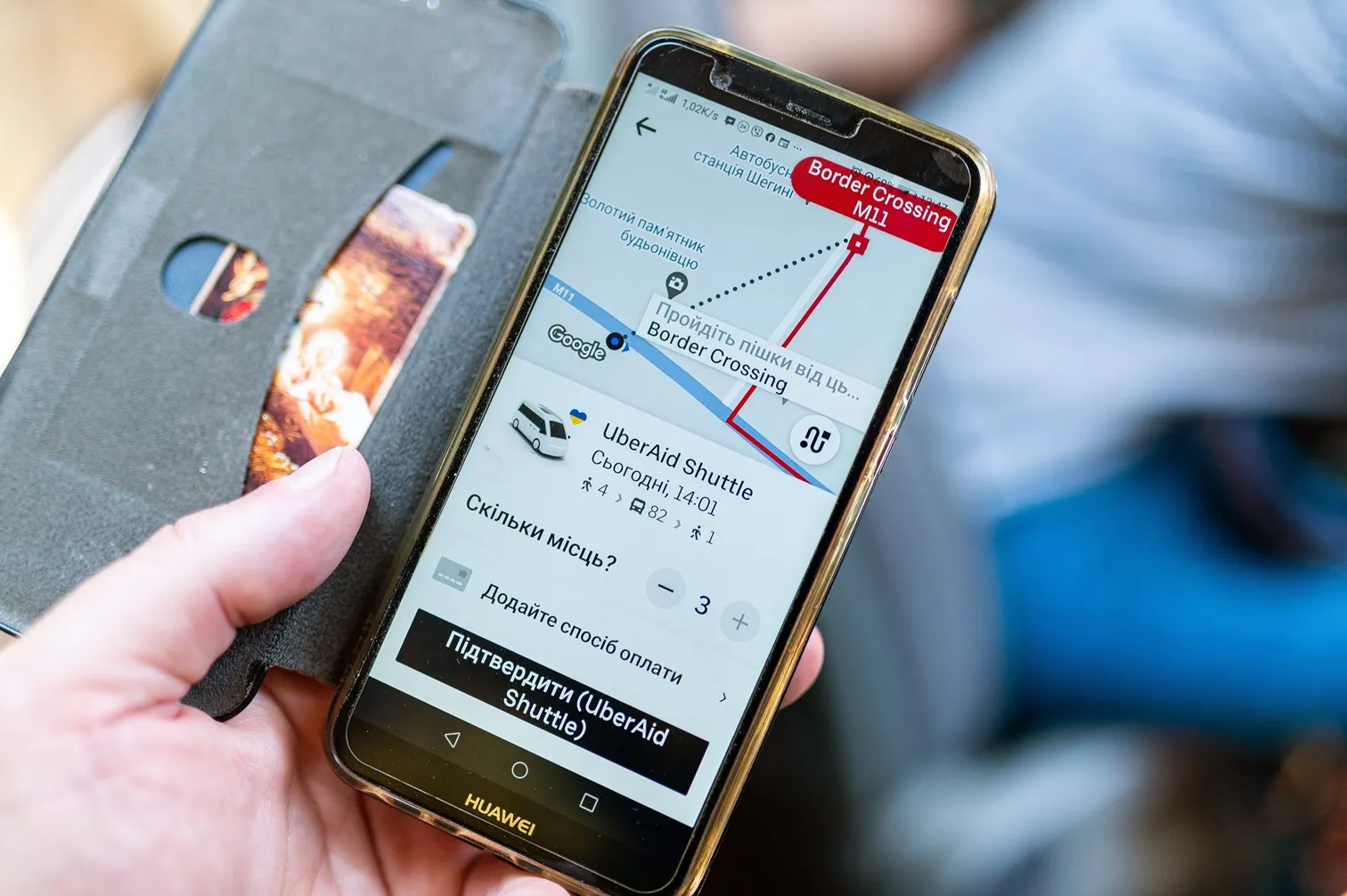According to figures published by the Spanish Ministry of the Interior, about 150,000 vehicles were stolen in Spain during 2013. According to Spanish communications specialist
Last November, a vehicle fitted with GMV’s fleet-tracking and -management system Moviloc was stolen in Madrid. The car owner reported the theft to the police and showed them the vehicle’s last recorded position on the tracking device. They were then able to pinpoint the warehouse where the stolen vehicles were taken before being broken up and taken off to Poland.
The seven-month investigation enabled police to identify parts corresponding to 13 stolen vehicles and arrest two Poles who were working from the warehouse in the industrial estate.
“Moviloc offers a wide range of services and functions to give users exhaustive control over all driver activity, recording, for example, the runs and mileage and also whether the scheduled routes were covered in due time and form, all in real time”, explains Ramón Dávila, product head of Moviloc. “The report offered by this service tells you the number of stops made by any vehicle during any working day, the place and the time each stop lasted. All this information gives an instant snapshot of the vehicle’s movements on any particular day”.
“The onboard equipment is fitted invisibly so that no thief is aware of the tracking device”, explained a police spokesman.
Fleet-tracking technology aids arrest of car-theft gang
According to figures published by the Spanish Ministry of the Interior, about 150,000 vehicles were stolen in Spain during 2013. According to Spanish communications specialist GMV, most drivers are unaware that a tracking device will make it much harder for thieves.
Last November, a vehicle fitted with GMV’s fleet-tracking and -management system Moviloc was stolen in Madrid. The car owner reported the theft to the police and showed them the vehicle’s last recorded position on the tracking device. They w
July 31, 2014
Read time: 2 mins










